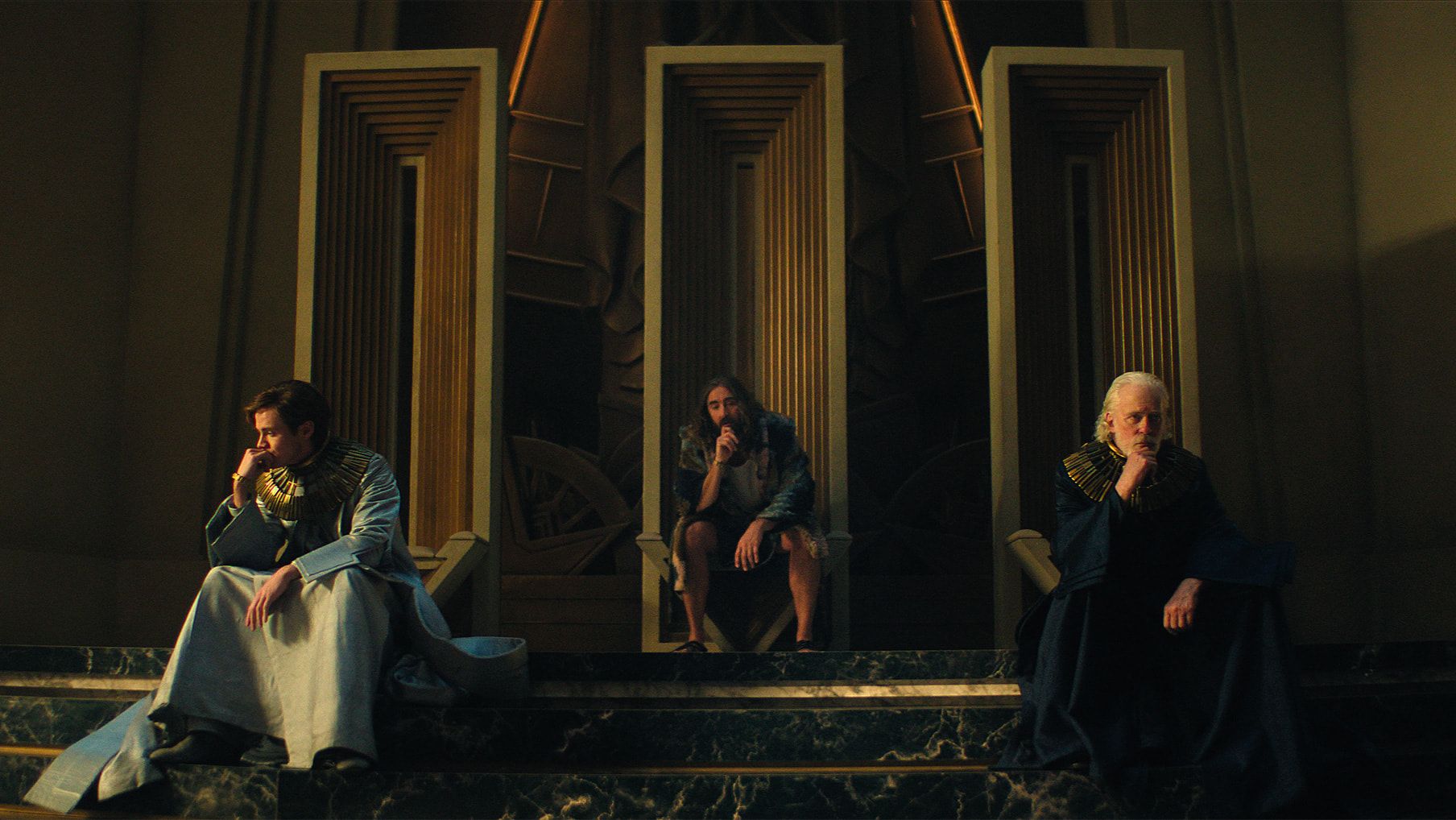
Ava Harper
Article
...
Ava HarperTop Author
Article
...
The Genetic Dynasty of Cleon the First Explained: Inside Foundation’s Galactic Empire
When Apple TV+ brought Isaac Asimov’s Foundation to life, one of the biggest challenges was adapting a sprawling saga with centuries of history into a gripping TV series. The solution? The creation of the Genetic Dynasty — This clever concept, created by the series’ writers, became a core pillar of its storytelling.
Unlike Asimov’s books, where Galactic Emperors are largely distant figures, the series needed recurring, relatable rulers. Enter the Celons — clones of Cleon the First, who embody the Empire’s might, decay, and continuity all at once. This invention isn’t just a narrative convenience; it’s a fascinating exploration of identity, power, and legacy that fits perfectly within the spirit of Foundation.
The Cleonic Cycle: Three Brothers, One Empire
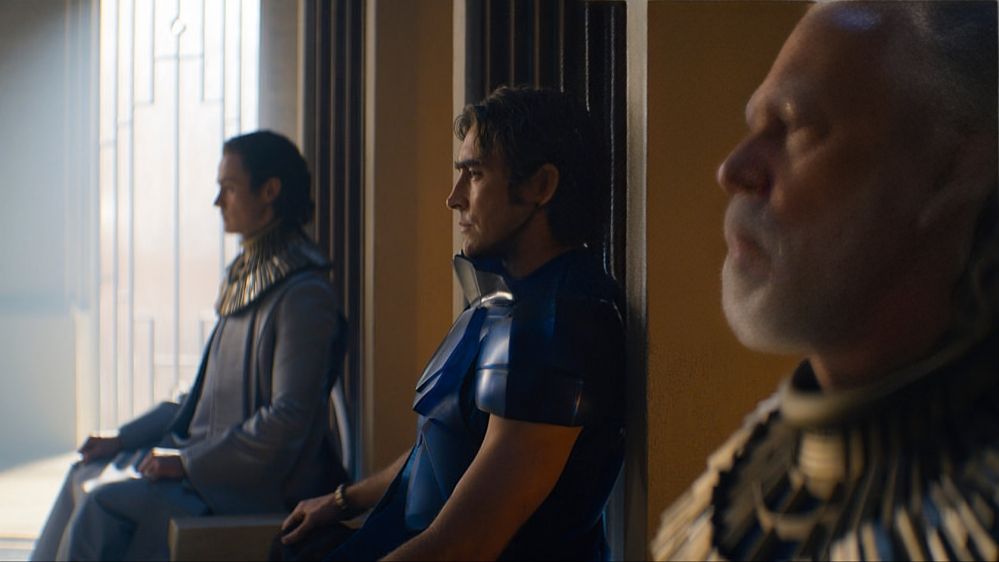
At the core of the Genetic Dynasty is a remarkable system: three living clones of Cleon the First coexist, each at a different life stage, ruling and preparing to rule the Empire. They are known as Brother Dawn, Brother Day, and Brother Dusk, cycling through power and wisdom on a strict 30-year schedule.
Brother Day
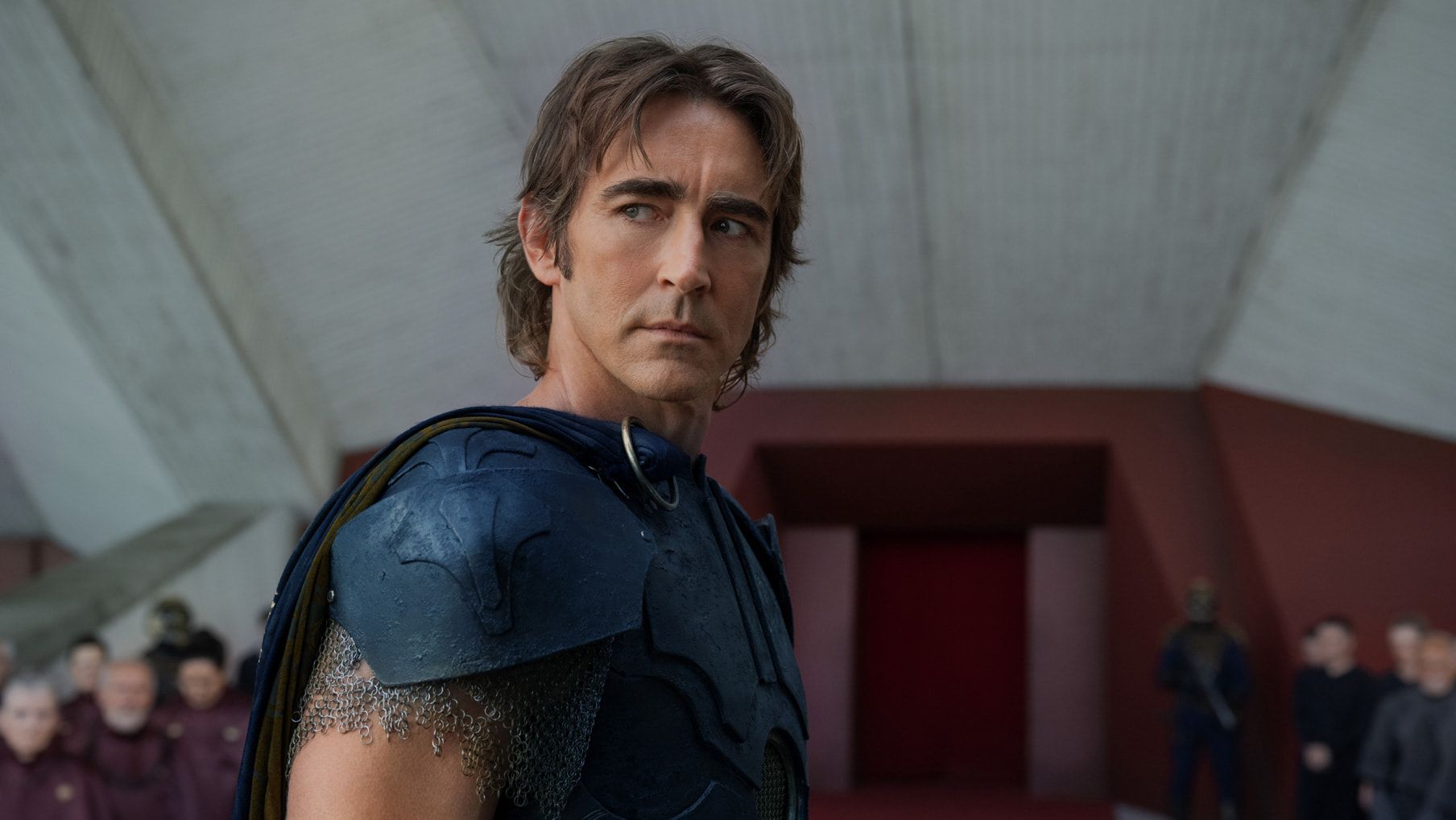
The reigning Emperor, aged 30 to 60, holds absolute authority. He’s the centerpiece of the dynasty’s rule, making final decisions while navigating palace intrigues. He is supported by Brother Dusk’s counsel and Demerzel’s unflinching guidance.
Brother Dawn
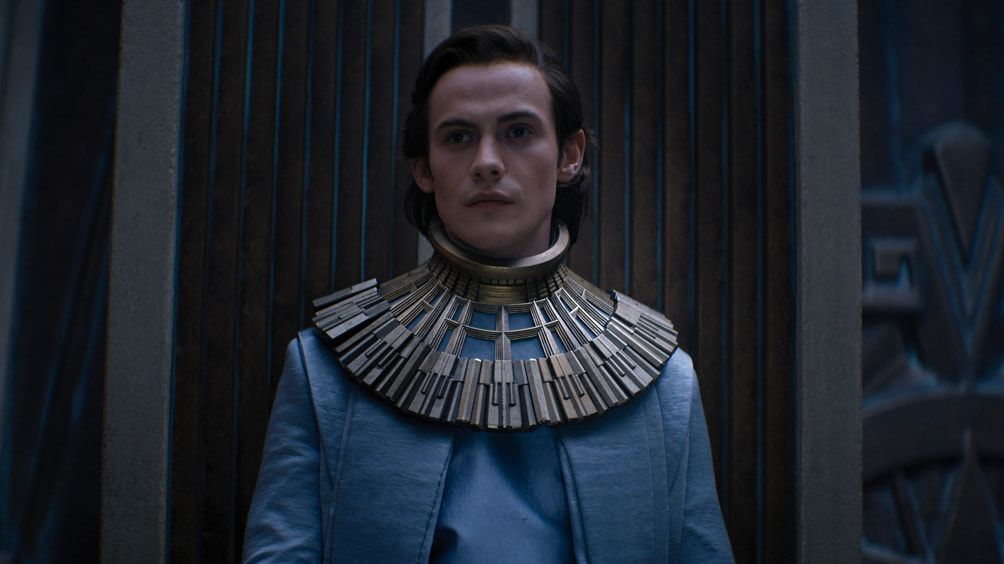
The youngest clone, growing and learning until he ascends at 30. Raised by the enigmatic Demerzel, Brother Dawn is groomed to become the next Brother Day — a constant reminder that power is always preparing to renew itself.
Brother Dusk
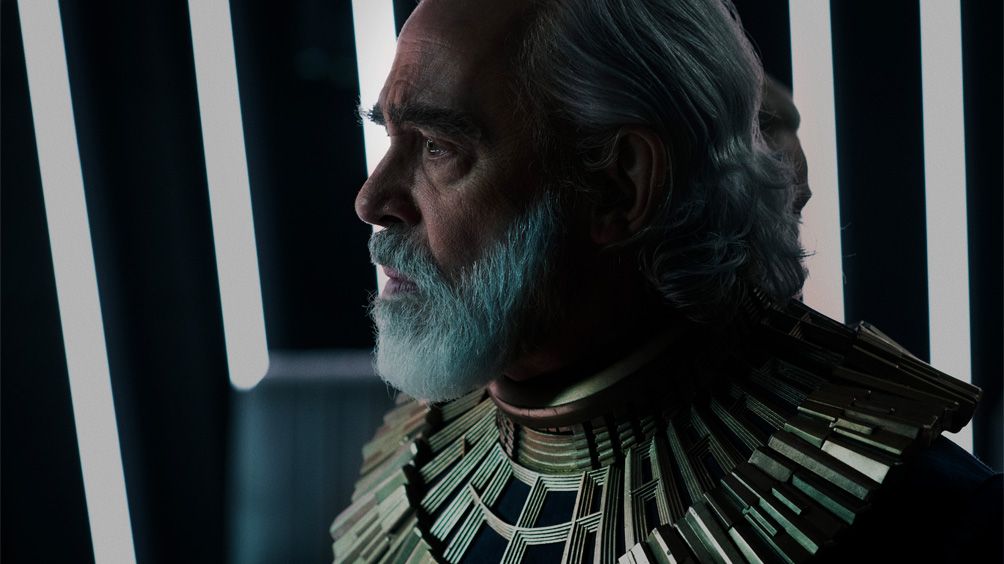
The retired Emperor, aged 60 to 90, who becomes an elder statesman and guardian of the Empire’s history through the Mural of Souls. His role is to advise and reflect, a living archive of peace and conquest.
This triad eliminates succession crises, blending human mortality with technological immortality. Yet, beneath the surface, tensions brew — each brother grappling with their identity as the “same” person but also a unique individual.
The Ritual of Ascension and the Shadow of Death
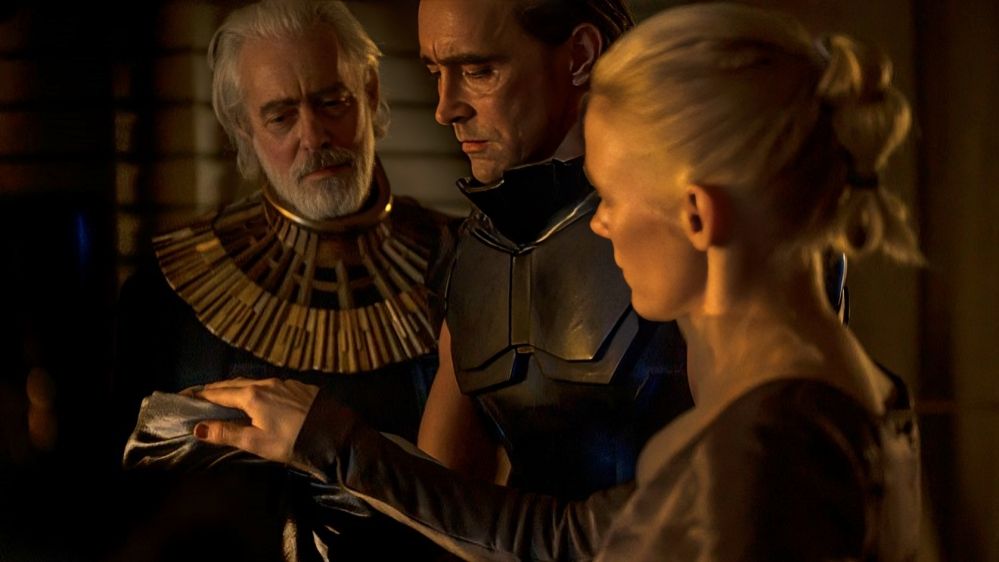
At 90, Brother Dusk undergoes the Ascension Ceremony, where he becomes Brother Darkness — a final phase ending in euthanasia to make way for new life. This solemn rite resets the cycle: Brother Dawn steps into Day’s throne, Day becomes Dusk, and a fresh clone is awakened.
The palace safeguards their existence rigorously. Backups of each brother’s memories reside in the Principium, ensuring the dynasty’s unbroken line — a chilling echo of immortality where clones are unaware if they are the originals or a backup.
Trantor’s Imperial Palace: A World Within a World
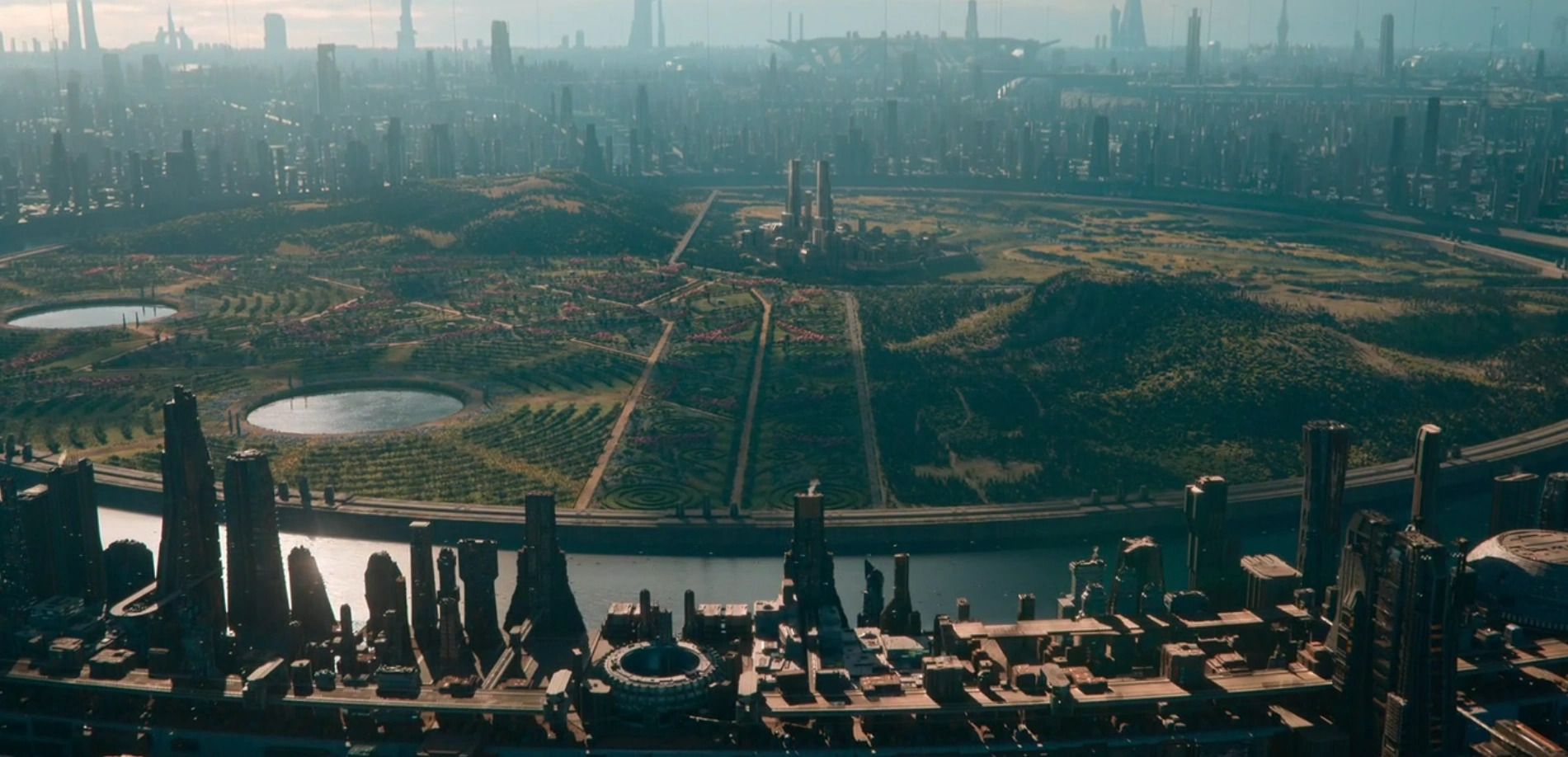
The Imperial Palace, sprawling atop Trantor’s endless urban layers, is both a fortress and a family home for the Cleons. It houses their residences, the throne room, and the mysterious Principium where new clones gestate.
Here, history breathes through the Mural of Souls, painted by Brother Dusk, chronicling centuries of the Empire’s zenith. The Hall of Cleons immortalizes past rulers, while the Star Bridge stands as a monument to the first Cleon’s vision — a symbol of unity that remains unfinished.
Key Figures: Faces Behind the Clones
Cleon the First
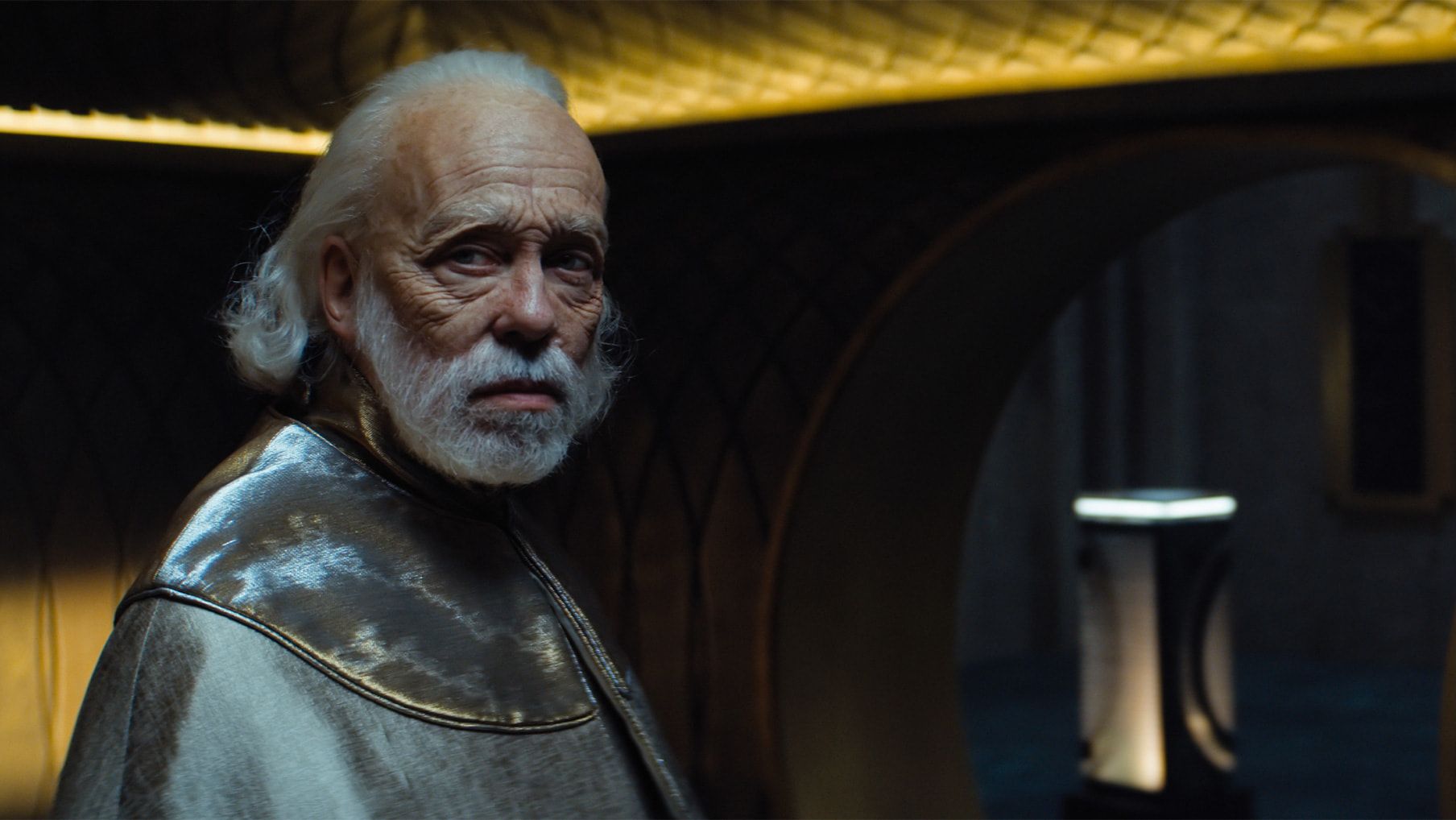
The original Emperor, whose DNA sparked the dynasty. His holographic presence lingers on Trantor Station, a ghostly reminder of ambition and regret, especially over the incomplete Star Bridge. His close bond with Demerzel adds a layer of intimacy rare for imperial figures.
Demerzel
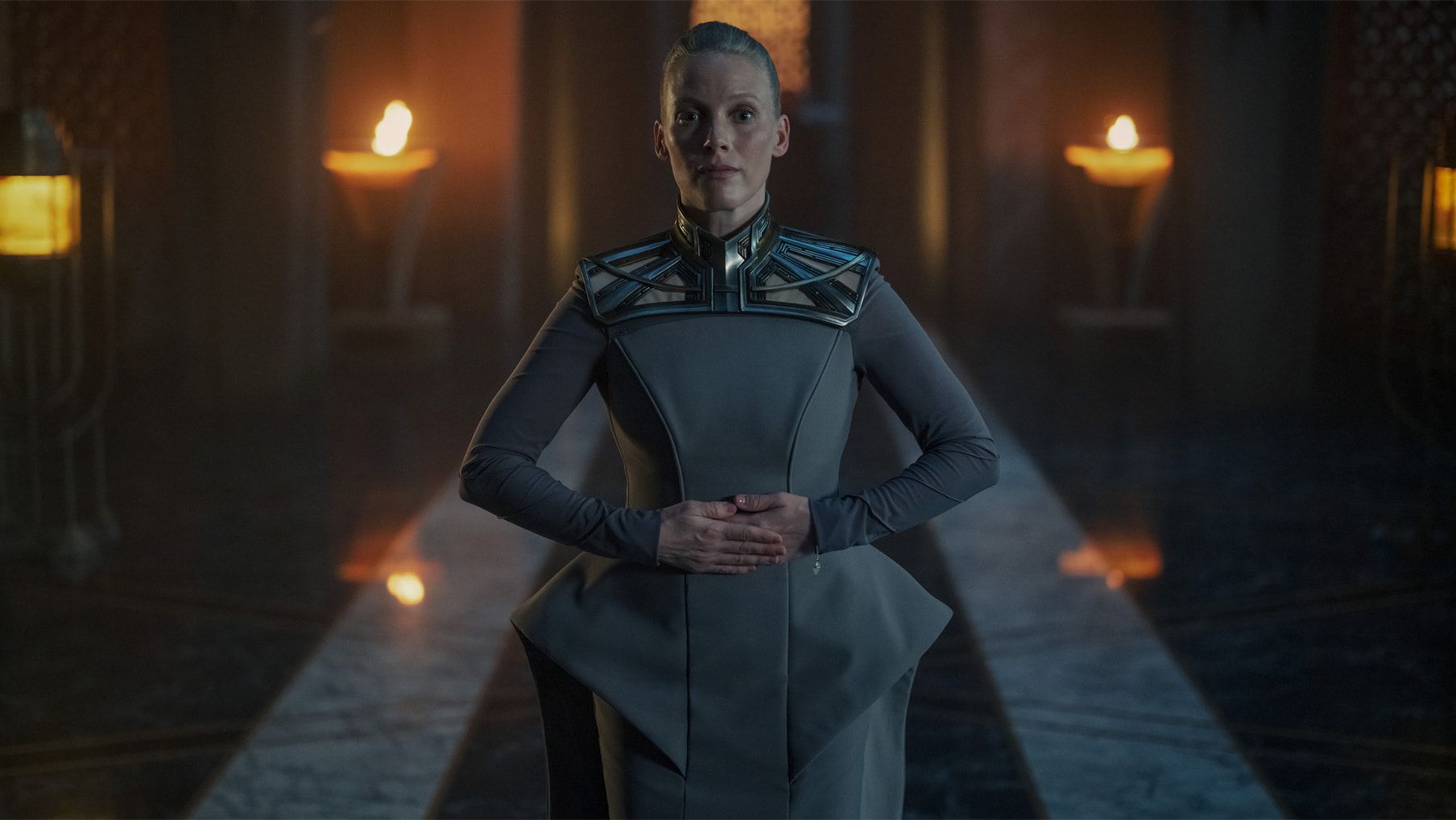
An immortal robot and the dynasty’s unchanging heart. More than advisor, she is mother, mentor, and sometimes even confidante, guiding the Cleons through politics and personal turmoil.
Far from being a mere servant, Demerzel is shown to be the real ruler of the Galactic Empire, quietly pulling the strings behind the throne. She guides the Cleons’ actions and decisions with a millennial vision, effectively controlling the empire. Portrayed as the true heir and protector of humanity’s legacy, her methods can be manipulative but are driven by a larger purpose, making her one of the most complex and powerful figures in the story.
Cleon the Eleventh to Seventeenth
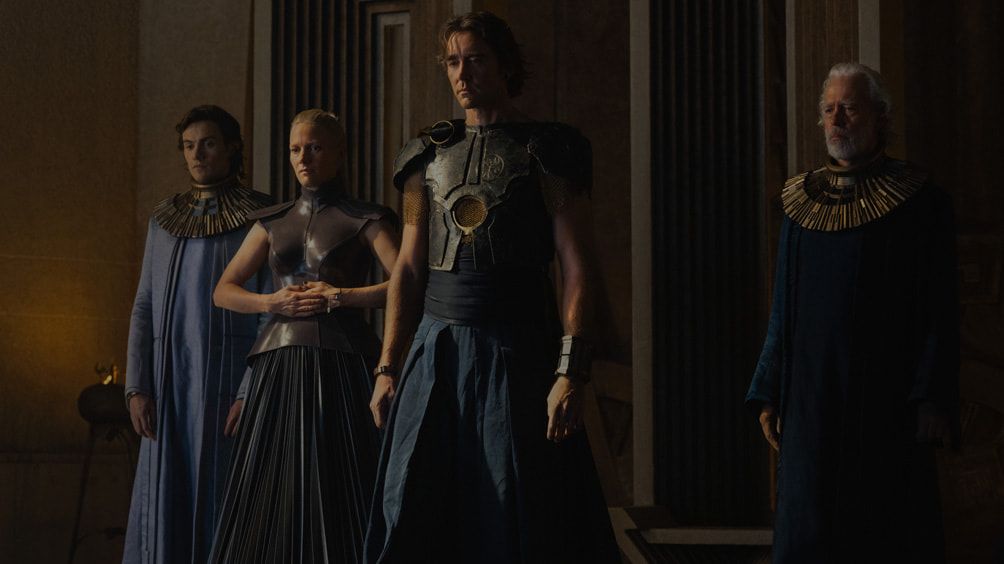
Each clone shows subtle divergences despite genetic sameness — from ruthless decisions to moments of doubt, innocence, and rebellion. The later Cleons reveal cracks in the dynasty’s perfection, including corrupted DNA and desires to break the cycle by having heirs naturally.
Humanity in Cloning: Individuality Amid Uniformity
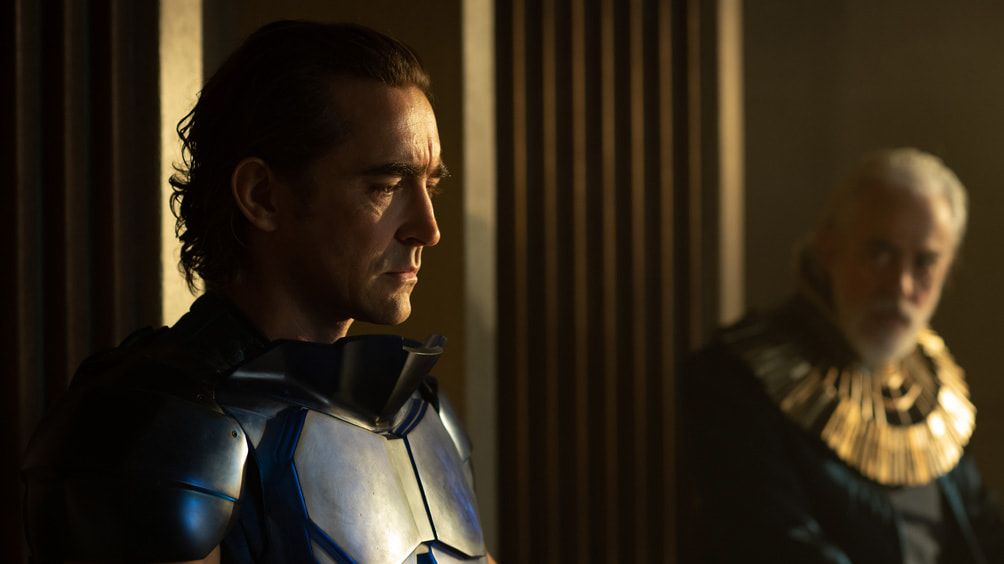
Though genetically identical, the Cleons are far from identical personalities. Each struggles with legacy and the weight of expectation, striving to carve their own place in history. Their relationships, rivalries, and moments of vulnerability enrich the narrative, making the Genetic Dynasty a powerful metaphor for power, identity, and the passage of time.
The Dynasty’s Role in Foundation’s Storytelling
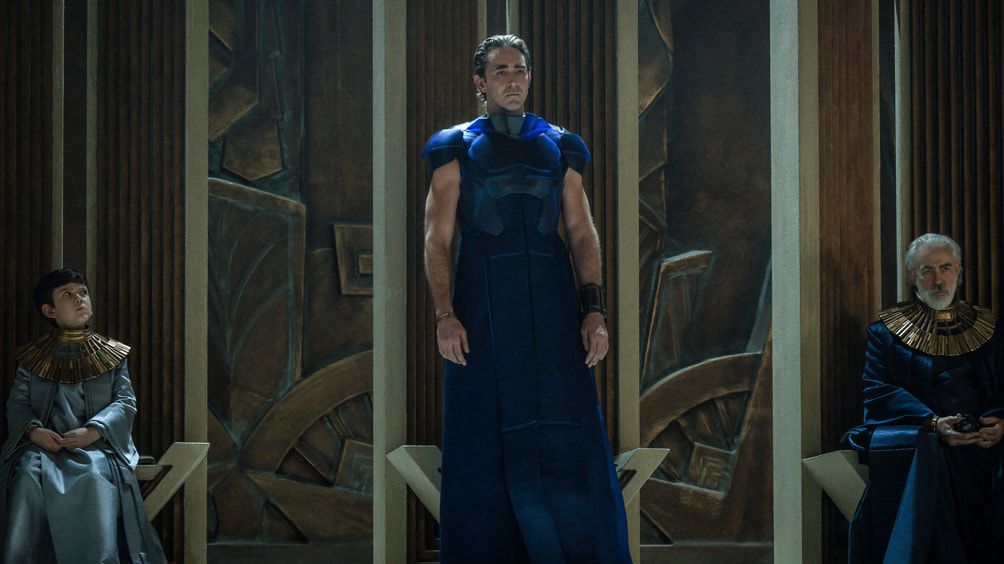
This inventive concept breathes life into the Imperial storyline, transforming what could have been a distant backdrop into a dynamic, emotionally charged saga. It respects Asimov’s themes while offering fresh drama and complexity, creating “unlimited potential” for future seasons.
By weaving the Genetic Dynasty into the show, Foundation honors the original while boldly expanding its scope, showing that even in a galaxy of stars, the human heart remains central.


 Ava Harper
Ava Harper